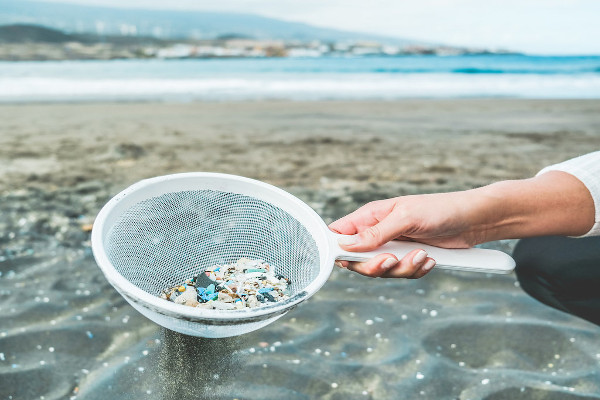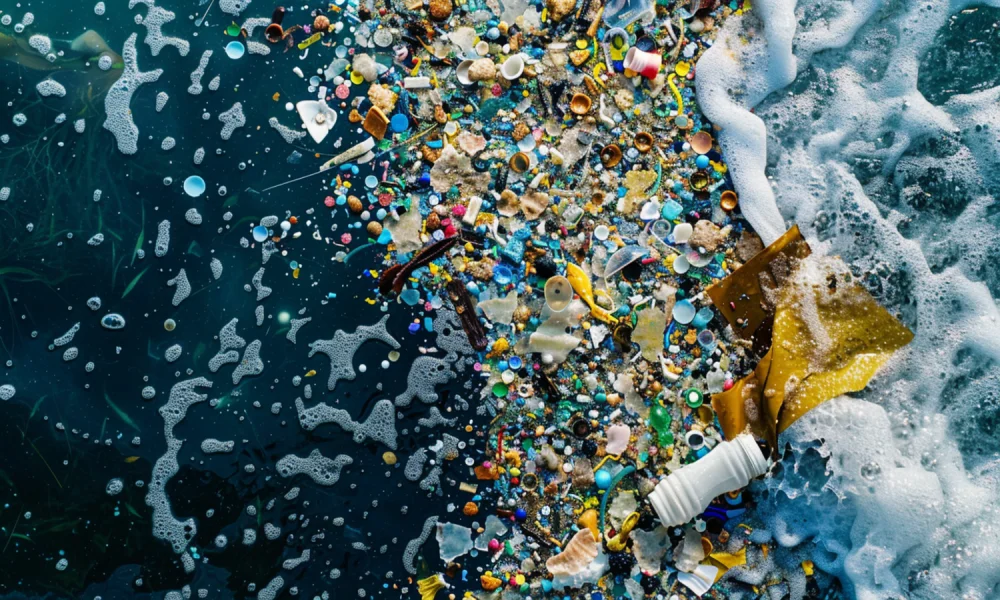Water is essential for life, but a growing threat lurks in water sources known as microplastics. These are tiny particles of plastic that are progressively becoming a problem for the environment and water quality. Read on to learn the five impacts of microplastics on water sources.
Contamination Of Drinking Water
This is disheartening, knowing that microplastics are now contaminating drinking water. They can physically pass through water treatment plants due to their very small size. This means that today you might be taking a cup or a bottle containing at least part of some plastic without knowing it.
Harm To Aquatic Life
They often become trapped in the stomachs of fish and other water animals that mistake the microplastics for food. When they take in these particles, their health is negatively affected. Microplastics lead to blockages in the digestive systems or make them feel that the stomach is full when it is not. This can result in malnutrition and death for some of the aquatic animals.

Chemical Leaching
Microplastics have the capability of holding pollutants that are found where these particles are located. It acts like sponges that trap pollutants and some other substances that are fatal. When such particles are consumed by animals, the chemicals can enter their bodies. This process is called leaching, which leads to the spread of pollutants through the food chain.
Disruption Of Ecosystems
Accordingly, ecosystems are susceptible to disturbance by microplastics. They can change the behavioral patterns and breeding qualities of certain organism species. Such disruption can, in turn, lead to a ripple effect on the whole food chain. They could contribute to the decline in specific population numbers and thus impact biodiversity.
Soil Contamination
Microplastics do not remain in the water all the time. They can also appear in the soil when water containing the deposits is used for irrigation purposes. This can bring changes to the health of the soil and its ability to support plant growth. It may even affect the quality of the crops farmers cultivate for human consumption.
All in all, it is quite alarming how microplastics impact water. At one end, they pollute the water that we drink, and at the other end, they are damaging aquatic life. To bring it down, action is required once we learn more about the impacts of these tiny plastic particles on the environment. We must keep this issue in mind so that we can make decisions or embrace solutions that will improve the conservation of water in the future.





